Breathable stack
Limewash over timber lets moisture drift; repairs blend without harsh witness lines.
We choose parts that welcome repair and keep their manners in salt air: tight-grain timber, sea-glass panes, marine-tolerant metalwork.
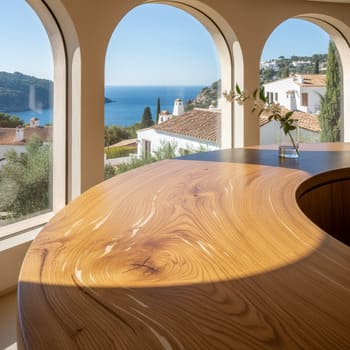
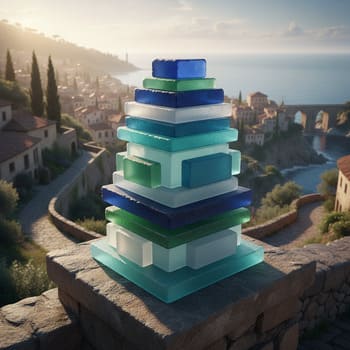
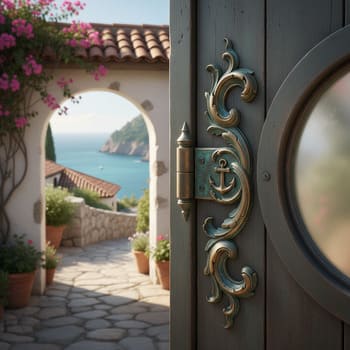
The hedge breaks the wind; the materials do the rest. We favor parts you can read with the hand: clean bearing surfaces, honest fasteners, and panes that brighten the room without harsh reflections.
Finishes lean eggshell, not gloss: breathable coats for timber, quiet sheen at the touch, and colors that don’t shout.



Limewash over timber lets moisture drift; repairs blend without harsh witness lines.
Low-gloss oils & wax keep the hand happy and reflections quiet on the bench.
Sea-glass, hedge, and sand read as cues, not noise — the light does the talking.
Components are chosen for serviceability and calm operation: stainless fasteners, EPDM seals, bronze where hands rest.
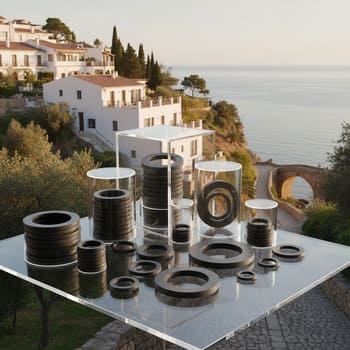
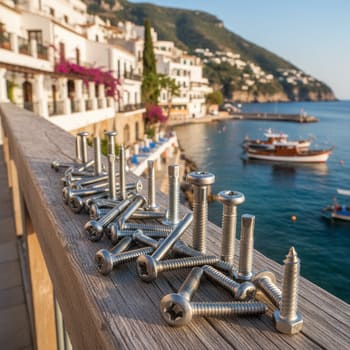
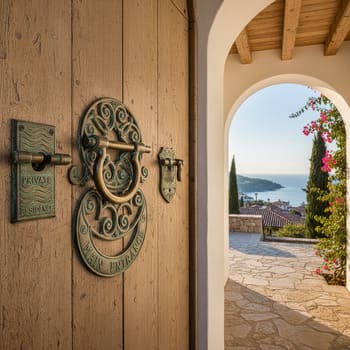
Tight grain for calm movement; repairable joints; finishes that breathe. We pick for service, not show.
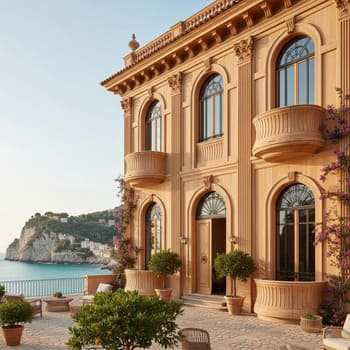


Reject proud defects at hand height; keep grain readable at joints.
Bright without harshness: polished edges, low-iron where color must stay true, frit for quiet shade.


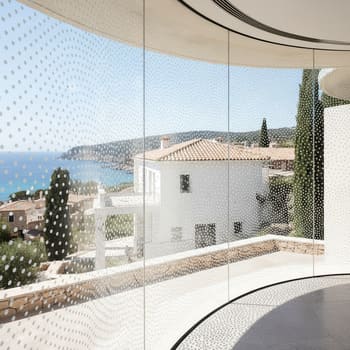
Quiet closes start with good seats: EPDM gaskets for weather, felt pads for last contact, butyl where edges must never weep.
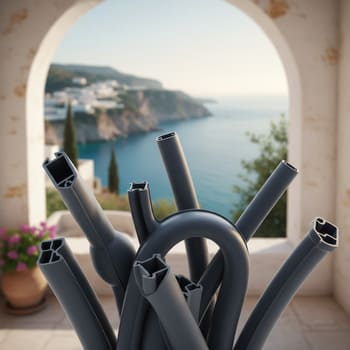

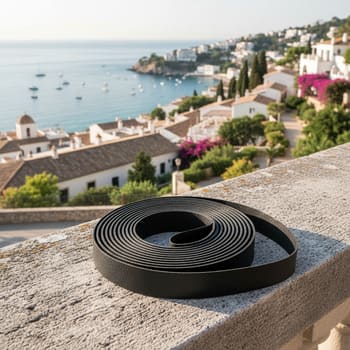
Stable in sun and salt. Keep seats clean; mirror-check contact bands each season.
Place where latches settle. Replace when glaze turns shiny or compressed.
Use sparingly on hidden seams. Heat with palm; dress squeeze-out with a tidy edge.
≈70% less latch chatter after felt & EPDM tune.
Down to 15% of baseline when butyl is used correctly.
50% quicker swaps with labeled profiles.
Marked trays, matched drivers, and countersinks that leave clean seats. Service is faster when the kit is obvious.
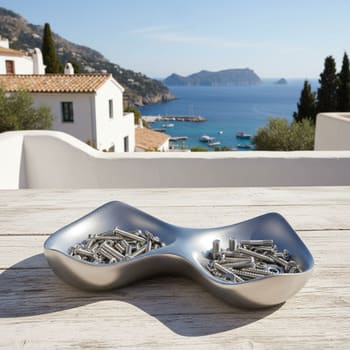

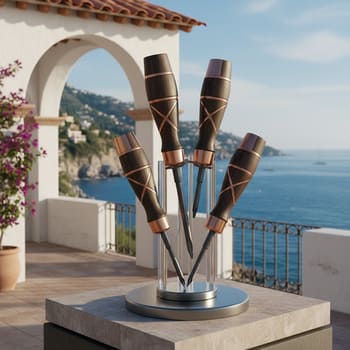
Dry feet, legible lines: chamfers that throw water clear, pavers that keep grade, channels you’ll actually clean.
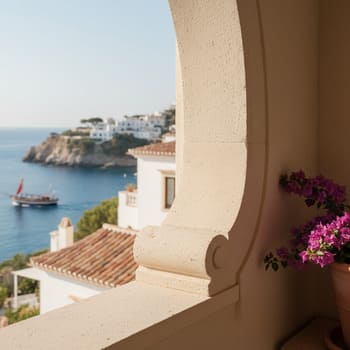
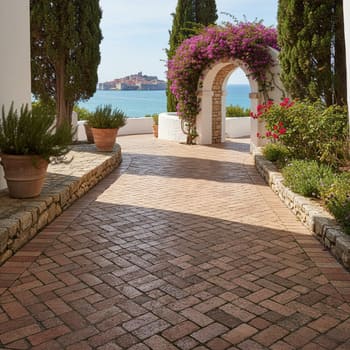
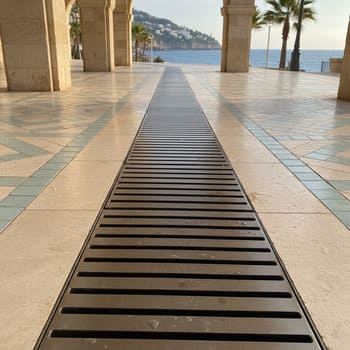
Thermal hush starts underfoot: resilient cork, breathable hemp, and wool where a soft seat helps benches settle.

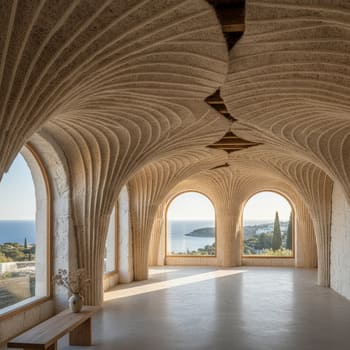
≈55% reduction on plank over cork.
−40% edge loss with hemp infill at sills.
Panels lift without drama; materials re-seat cleanly.
Choose the right bond for the job: reversible where possible, permanent where water must never argue.

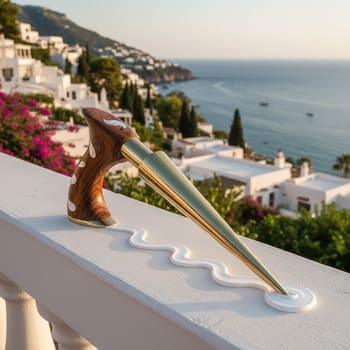
Quiet sheen, not gloss: grit steps that don’t skip, and cloths that don’t shed on fresh oil.

No skipping steps; wipe down between grits.
Clear bins, readable labels, and a simple map on the door. Service is faster when everything points to its place.
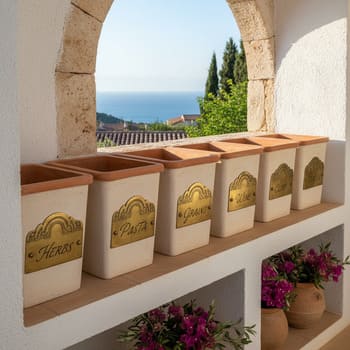
Text over color; stencil font; no glare when dusty.
Edges that behave and hardware that stays quiet: stones for keen, light oil for calm motion.

P120 shape, P1000 raise a burr, strop to quiet. Label jigs with angles.
Light oil on pivots; wax on rails; avoid glossy build on hand surfaces.
Guards on stones; rags in metal tins; no solvent near limewash.
Keep the paper close to the parts: as-built notes, replacement sizes, and a quick index for future repairs.
